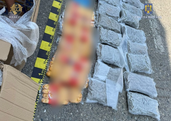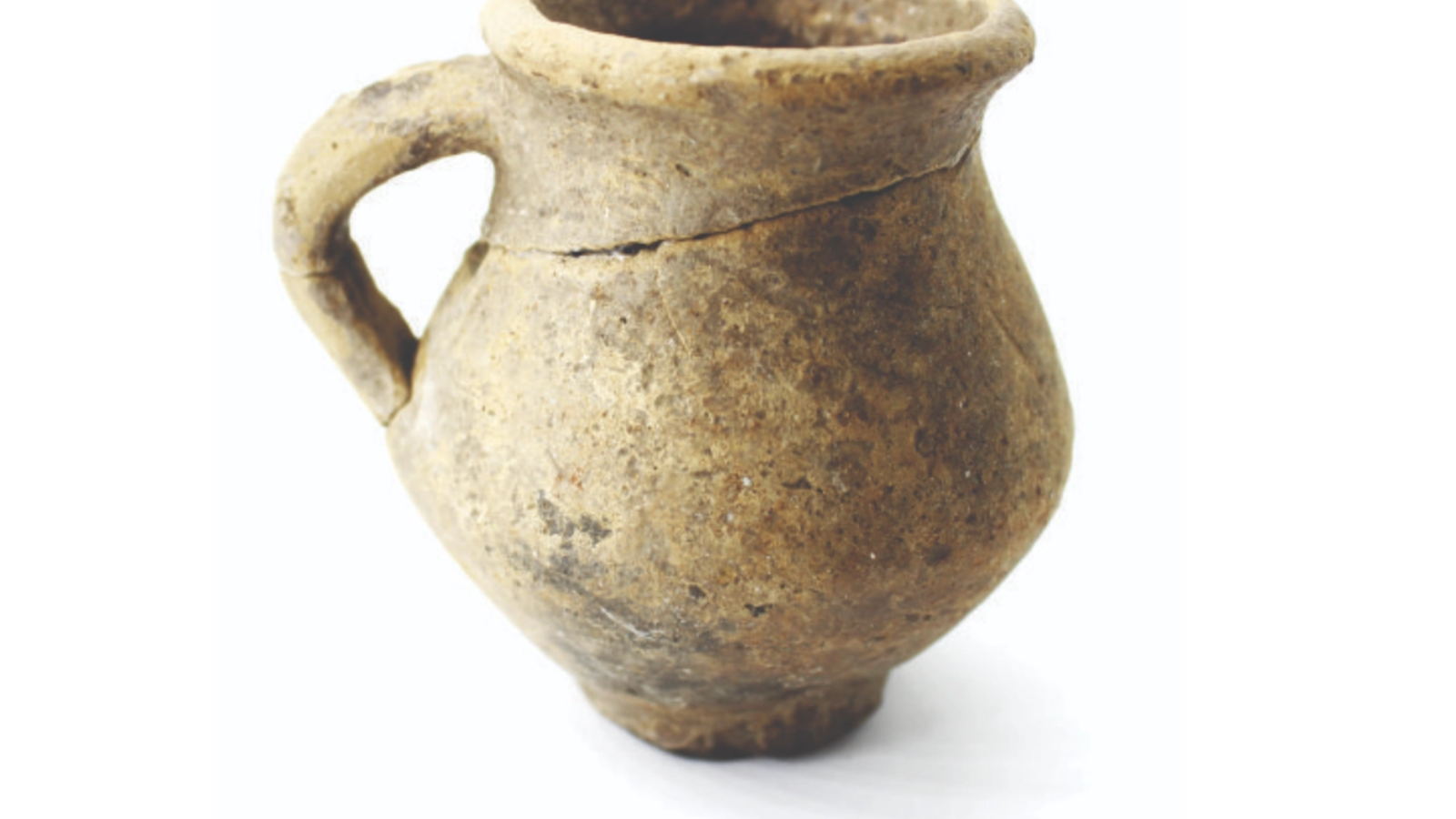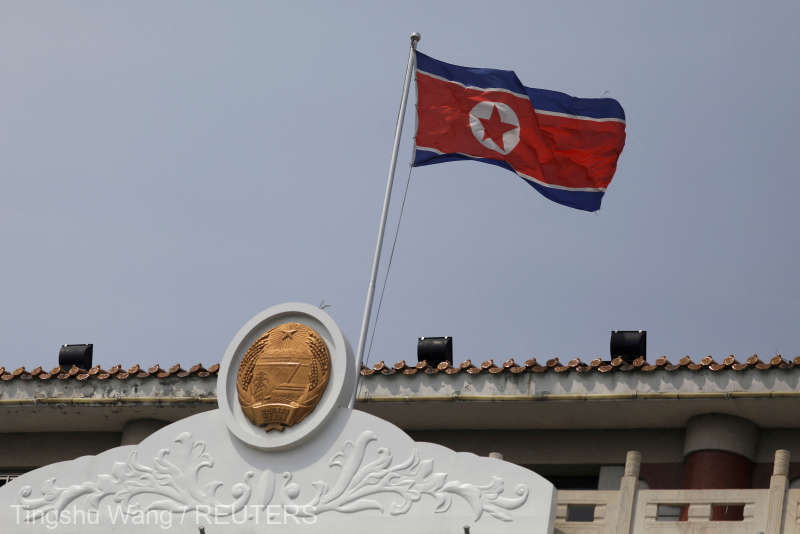Preventive archaeological excavations carried out at the Mehala II site in the municipality of Timisoara have revealed an exceptional discovery, a Sarmatian necropolis almost 2,000 years old.
Researchers have discovered 15 burial tombs, most of which are arranged in rectangular pits with rounded corners, but some no longer retain their original outline, having been disturbed by the passage of time, the official website of the Timis County Department of Culture (DJC) showed on Wednesday.
The discoveries at Mehala II bring to light an important part of the history of the Romanian Banat region, during a period when Sarmatian tribes populated this area, between the 2nd and 4th centuries AD. They reflect not only the burial rituals, but also the crafts, clothing, the ornaments, the social status or the beliefs of these ancient communities.
Among the discovered bones are both children and adults, and some graves bear traces of older disturbances, with bones being torn apart and the orientation of the skeletons difficult to establish. A special detail is represented by the two graves where traces of charcoal were discovered, evidence of the use of wooden coffins, much narrower than the pit in which they had been deposited.
The funerary inventory brought to light is of a remarkable variety: pieces of clothing, ornaments or objects of use, made of bronze, silver, bone or clay. Archaeologists have discovered buckles, rings, brooches, bracelets, earrings, necklaces, silver coins, glass beads, kaolin or amber, spindle whorls, clay pots, but also iron knives - all objects that speak of the social status, crafts, clothing and rituals of those who lived here almost 2,000 years ago.
Two-millenia old artifacts found in a necropolis in Timisoara
Articole Similare

15
Bucharest Mayor Ciucu says structural reforms to be implemented in 2026, full support of CGMB needed
15

15
IGPR: Nearly 35 tonnes of fireworks seized; 540 criminal cases opened
15

24
President Dan: I have received hundreds of pages of relevant materials from magistrates about problems in Justice
24

13
IGPR - domestic violence interventions in first 11 months: Number of criminal offences falls
13

12
Working group for improving cross-border connectivity established; to be coordinated by Vice PM Neacsu
12

10
Committee for justice legislation analysis and review established;includes representatives of PM's Chancellery, Justice Ministry
10

8
InvestMin Pislaru: Fourth PNRR payment request was officially submitted on Friday
8

15
Code Yellow for fog and ice in 27 counties and Bucharest, in coming hours
15

16
Carols sung in nine languages by 100 performers on National Minorities Day at Mariaffi Castle in Sangeorgiu de Mures
16

10
Bucharest Stock Exchange closes lower in last trading session of the week
10

19
Case involving one of the largest synthetic drug laboratories sent to trial (IGPR)
19

16
Adoption of quota of 90,000 foreign workers for 2026 is fully in line with market's needs (employers)
16

14
Ilie Bolojan: There are administrative and political problems that we are trying to solve
14



















Comentează